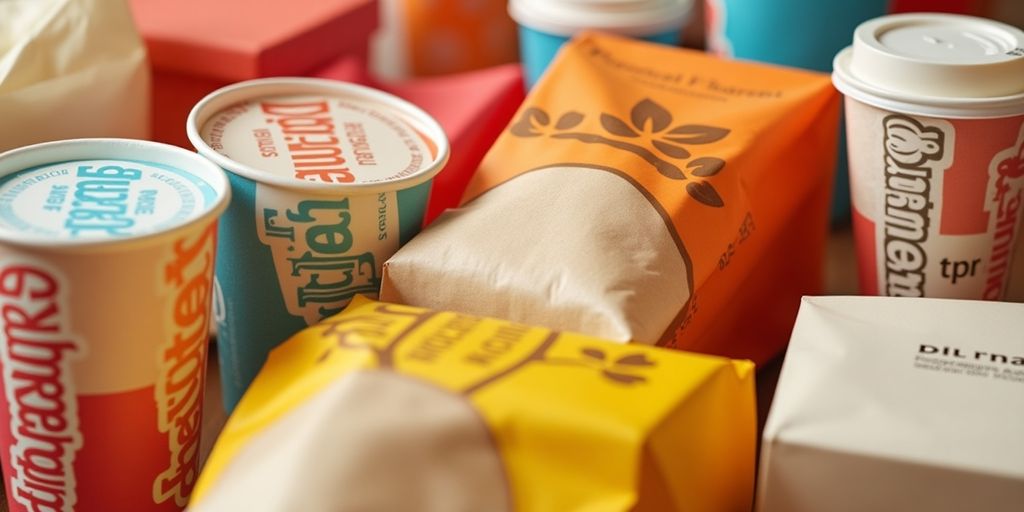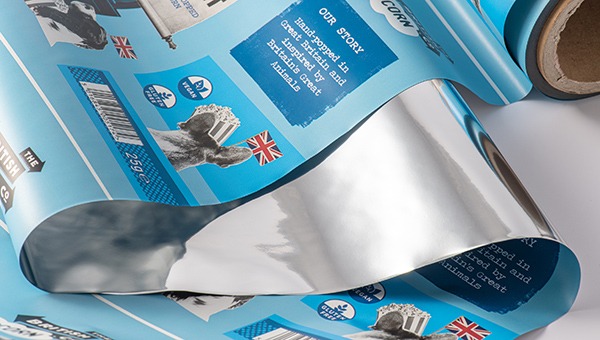In recent years, the concept of color changing inks for food safety has gained significant attention. These innovative inks are designed to ensure the safety and integrity of packaged foods. By changing color, the inks can indicate the freshness of the product, detect contamination, and improve overall food safety. In this article, we will explore the various aspects of color changing inks, including their benefits, applications, and impact on the food industry.

Understanding Color Changing Inks
Color changing inks are special inks that alter their color in response to specific environmental changes. These changes can include temperature, humidity, pH levels, or the presence of certain gases. The inks are made from materials that react to these changes, providing visual cues about the condition of the food inside the packaging.
The Science Behind Color Changing Inks
The technology behind color changing inks is based on chemical reactions. When exposed to certain stimuli, the chemical structure of the ink changes, resulting in a visible color shift. This reaction can be finely tuned to respond to specific conditions, making it a powerful tool for monitoring food safety.
Benefits of Using Color Changing Inks
The use of color changing inks in food packaging offers numerous benefits:
Enhanced Food Safety
By providing real-time information about the condition of the food, these inks help prevent the consumption of spoiled or contaminated products. This is particularly important in preventing foodborne illnesses, which can have serious health consequences.
Consumer Confidence
When consumers can see that a product is fresh and safe to eat, it boosts their confidence in the brand. This can lead to increased sales and customer loyalty. Brands that prioritize food safety are often viewed more favorably by consumers.
Reduced Food Waste
By accurately indicating the freshness of food, color changing inks can help reduce food waste. Consumers are less likely to discard products that are still safe to eat, which is beneficial both economically and environmentally.
Applications of Color Changing Inks in the Food Industry
Color changing inks have a wide range of applications in the food industry:
Temperature Indicators
These inks can be used to monitor the temperature of refrigerated or frozen foods. If the temperature rises above a certain level, the ink changes color, alerting consumers to potential spoilage.
Freshness Indicators
Some inks are designed to change color as food approaches its expiration date. This allows consumers to easily identify products that are nearing the end of their shelf life.
Contamination Detection
Inks can also be formulated to detect the presence of harmful gases or bacteria. This is particularly useful for detecting contamination in packaged meats and dairy products.
Impact on the Food Industry
The adoption of color changing inks is having a significant impact on the food industry:
Improved Safety Standards
By providing a reliable method for monitoring food safety, these inks are helping to improve safety standards across the industry. Companies are able to offer safer products, reducing the risk of foodborne illnesses.
Innovation in Packaging
The use of color changing technology is driving innovation in packaging design. Companies are exploring new ways to incorporate these inks into their packaging, creating products that are both functional and visually appealing.
Economic Benefits
By reducing food waste and improving consumer confidence, color changing inks can have positive economic benefits for both food manufacturers and retailers. The cost savings from reduced waste, combined with increased sales from confident consumers, can significantly impact the bottom line.
Challenges and Considerations
While the benefits of color changing inks are clear, there are some challenges and considerations to keep in mind:
Cost
The cost of implementing color changing technology can be a barrier for some companies. However, as the technology becomes more widespread, costs are expected to decrease.
Regulatory Compliance
Companies must ensure that their use of color changing inks complies with regulatory standards. This includes ensuring that the inks are safe for use with food and that they accurately indicate the conditions they are designed to monitor.
Environmental Impact
It is important to consider the environmental impact of color changing inks. Companies should strive to use inks that are environmentally friendly and sustainable.
The Future of Color Changing Inks
The future of color changing inks in the food industry looks promising. As technology advances, we can expect to see even more innovative applications and improved performance. The continued focus on food safety and sustainability will drive further adoption of this technology.
Potential for Expansion
As the technology becomes more accessible, we may see color changing inks used in a wider range of products, including pharmaceuticals and cosmetics.
Collaboration with Industry Leaders
Collaboration between ink manufacturers, packaging companies, and food producers will be essential for the continued development and adoption of color changing inks.
Consumer Education
Educating consumers about the benefits and use of color changing inks will be crucial for their widespread acceptance. Companies should focus on clear labeling and communication to ensure consumers understand the purpose and function of these inks.
Conclusion
The use of color changing inks for food safety is an exciting development in the food industry. By enhancing food safety, boosting consumer confidence, and reducing waste, these inks have the potential to revolutionize the way we think about food packaging. As the technology continues to evolve, we can look forward to even more innovative applications that will further improve food safety and sustainability.

FAQs
What are color changing inks?
Color changing inks are special inks that change color in response to environmental changes, such as temperature or humidity, to provide information about the condition of packaged food.
How do color changing inks enhance food safety?
These inks provide real-time information about the condition of food, helping to prevent the consumption of spoiled or contaminated products.
Are color changing inks safe for use with food?
Yes, color changing inks are designed to be safe for use with food packaging and comply with regulatory standards to ensure consumer safety.
For more information on reducing food packaging ink migration, visit INKS Blog.
To learn more about marketing food safety in packaging, visit New Printing Era.
This article contains affiliate links. We may earn a commission at no extra cost to you.






